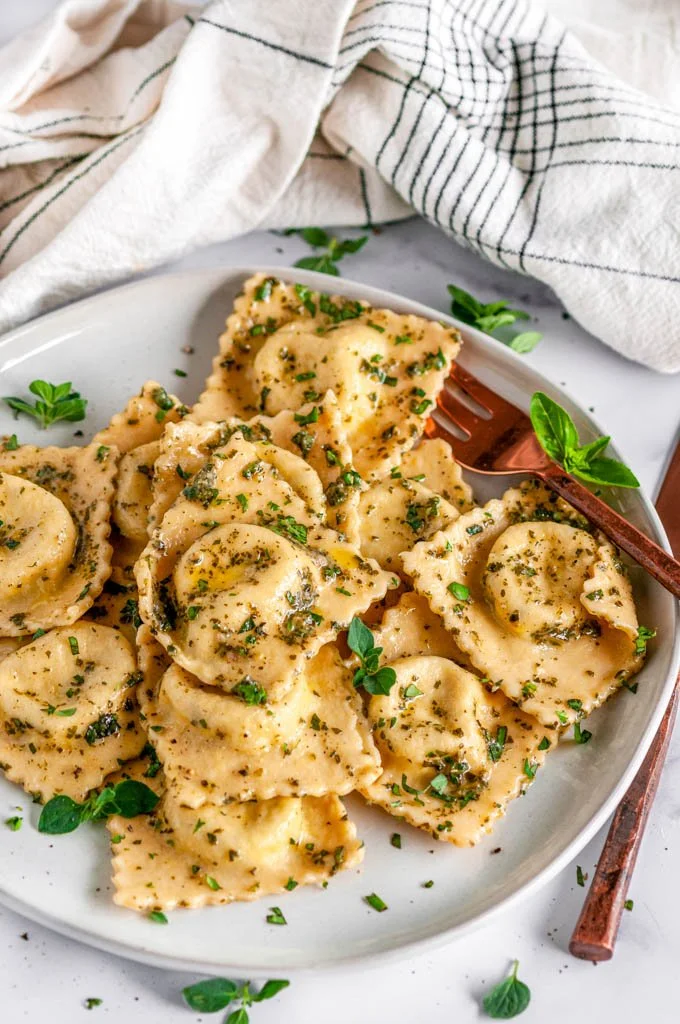Ravioli from A Small Kitchen in Genoa
I came across this website ‘A Small Kitchen in Genoa’ and a wonderful recipe by Enrica.
There are those who defined the Genoese meat ravioli as “the most exquisite of all the soups in the world” (Giovanni Casaccia, Genovese-Italian Dictionary, Genoa 1851). Someone like Ratto, author of one of the first cookbooks on Ligurian cuisine (“La vera cuciniera Genovese”, Genoa 1863) claims that ravioli were invented by a Genoese cook and then spread all over the world: “This is the queen of all the soups of the world, invented by a Genoese chef, and now generalized everywhere for the excellence of its taste“.
Actually, soft shells of fresh pasta containing a filling were found in ancient cookbooks throughout Italy and history teaches that similar dishes existed in the Babylonian, Egyptian, Greek and Roman cuisine. After all, even in China there are steamed ravioli.
But what is certain is that in Genoa, as well as in the whole hinterland of Liguria, the art of stuffed pasta has developed precociously compared to the rest of Europe. It became then, with the centuries, a sophisticated art based on the balance of multiple ingredients – vegetables, meat, cheese, spices and aromatic herbs – skilfully selected and dosed. There would be notarial documents attesting the production of ravioli in Liguria even as early as the end of 1100: in a contract of the end of the millennium, in fact, a farmer from Savona would undertake to provide the owner during the grape harvest a meal for three made of bread, wine, meat and, in fact, ravioli.
The name “ravioli” would have different origins. According to some, ravioli were invented in Gavi Ligure, when this country-stronghold belonged to the “Republic of Genoa”, and its first chef would have been someone named”Ravioli”, surname of families still resident in the area. Popular legend that clashes with the real spread of filled pasta throughout Italy.
Another legend instead, tells of a poor woman who wanted to sanctify Christmas with a meal worthy of such an occasion. Its scarce riches however allowed her only to fill squares of pasta with vegetables, leftover meat and much raviggiolo, a cheese said so because it pinched like radishes (ravanelli in Italian), and hence the word raviggioli, then became ravioli. This legend, with its weaknesses, however, contains a kernel of truth, because ravioli, although a refined gastronomic product, has a popular origin also linked to the art of recycling leftovers.
It is also interesting to know that in the oldest Italian cookbooks for “raviolo” it was intended only the stuffing, while the shell of pasta then stuffed was called “tortello“. Even Peregrino Artusi (one of the most famous Italian cook of all time) introducing the “Genoese ravioli” in his masterpiece “La scienza in cucina” comments: “These really should not be called ravioli, because the real ravioli are not made of meat and do not wrap themselves in the dough“.
Read more here.




